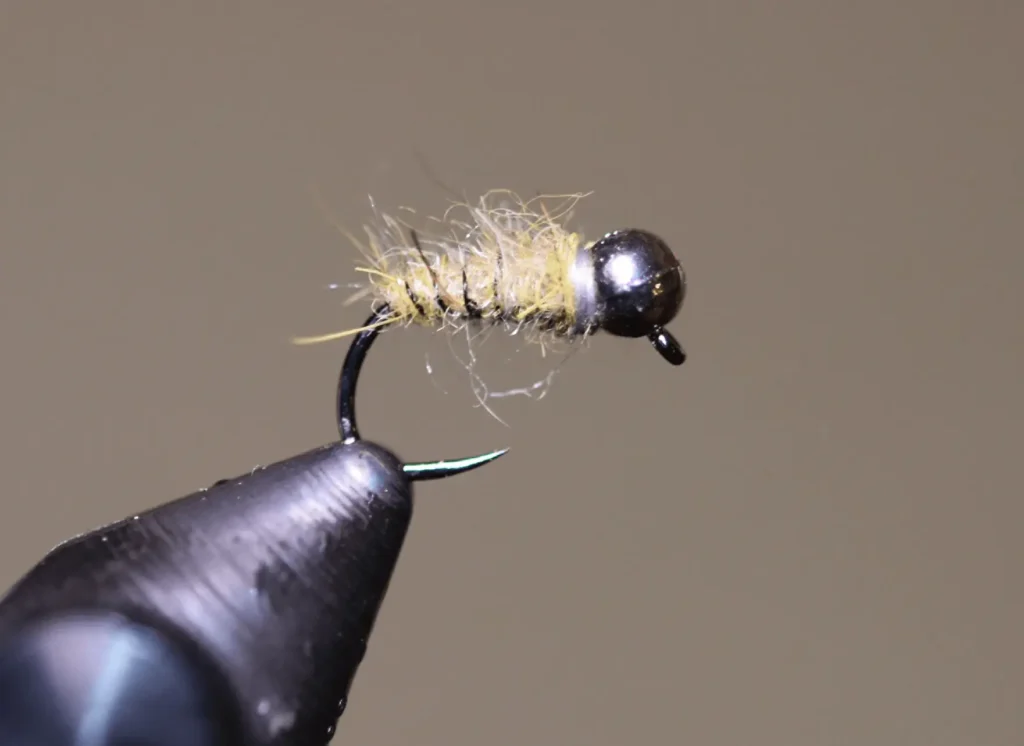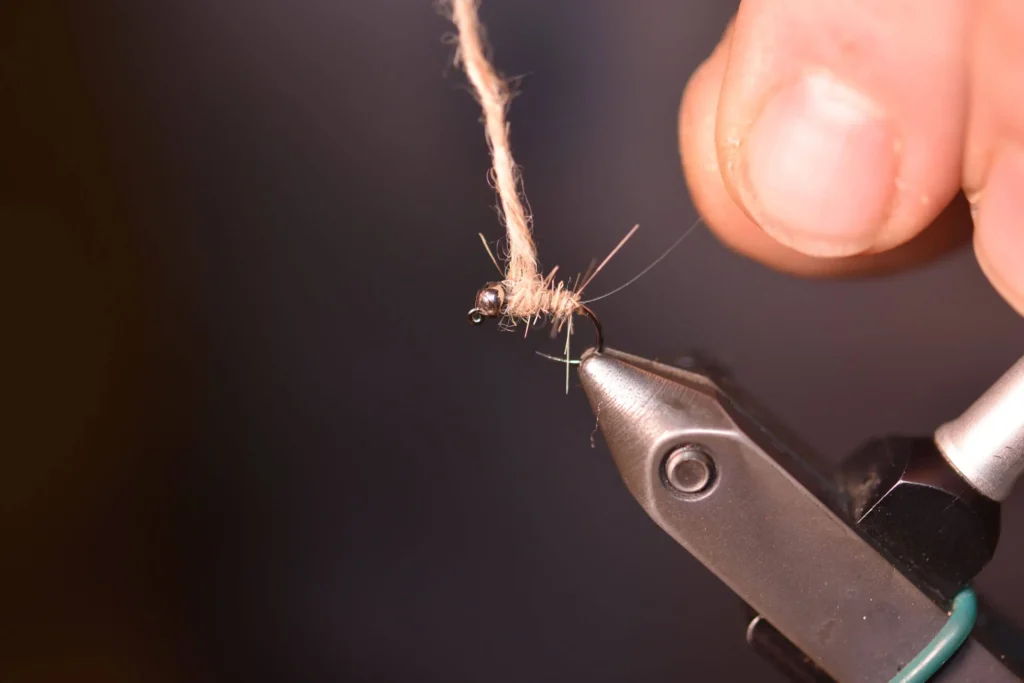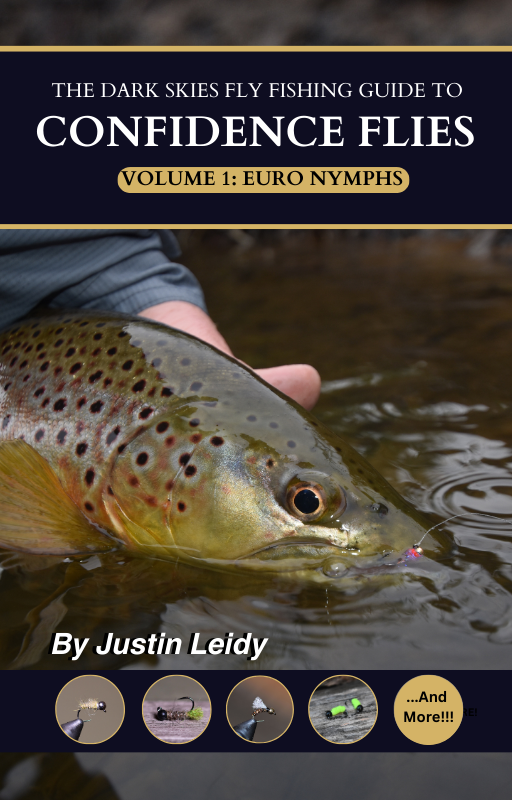Fishing and Tying the Walt’s Worm Euro Nymph

At this juncture, the merits of Walt’s Worm are no longer classified information. As a matter of fact, knowledge of the effectiveness of this simple and humble fly pattern from Pennsylvania has extended far beyond my home state’s borders. A quick Google search to purchase this pattern online will bring the internet shopper to stores in California, Utah and Montana. That is substantiated evidence that this nymph works anywhere, across stream types, and is popular with fishermen all over North America.
A Brief History of the Walt's Worm
Walt’s Worm was developed by Walt Young of Altoona, PA, in the mid 1980s. Mr. Young, a talented and renowned fly tier, is best known for one of the simplest and
uncomely fly patterns to ever be developed. It is my understanding that Walt’s Worm began showing up in fly shop bins in the late-1980s and early-90s around Centre County, PA. It is also likely that the pattern was first sold in Fly Fisher’s Paradise, a full-service fly shop located in State College, Pennsylvania, where Mr. Young was an employee around that time.
Supposedly, Walt Young first developed this pattern to imitate the large crane fly larvae, a creature that uncannily resembles miniature sausage stuffed cabbage, that are a year-round food source in Central PA limestone creeks.
The original Walt’s Worm was a large fly, tied on a #12 standard nymph hook, that included a lead wire underbody, a dubbed cigar-shaped over-body of natural hare’smask and a small black thread head. That’s all. Nevertheless, Walt’s Worm has become one of the most versatile nymph patters fished anywhere at any time for all species of trout, including Lake Erie steelhead.
In recent years, Walt’s Worm has been adapted as a Euro nymph commonly tied on a jig-style hook with a tungsten bead. Being an avid Euro nympher, I have naturally gravitated to this pattern and often place it at the top of my “confidence flies.” It works everywhere, and I believe there are four principle reasons why this pattern should be in every Euro nympher’s fly box.

Simplicity
The term “guide flies” is often used to describe patterns that are easy to tie, cheap to produce and flat-out catch fish. Because of these qualities, Walt’s Worm might just be the ultimate guide fly, and it just might be a candidate for the greatest Euro nymph pattern, too.
Because of tungsten beadheads and high-quality jig-style nymph hooks, European-style nymphs are inherently expensive. However, the fact remains that Walt’s Worm might very well be the least expensive Euro nymph available. And when nymphing aggressively (i.e. trying to hook into that lunker tucked under that washed out root ball with tangles of overhanging hemlock bows), a lot of nymphs are going to be lost.
Simplicity in tying techniques with few parts and materials is also crucial for fishermen that prefer fishing over fly tying. Don’t get me wrong; I really enjoy tying flies. It is a way to participate in my passion of fly fishing when I’m not actually fly fishing. There is also a feeling of accomplishment and pride catching wild trout on your own hand-tied flies.
But in the end, I still tie flies because they are a necessary component of fly fishing, and my preference is flies that are easy to tie and catch lots of fish. I can whip up a standard Euro-style Walt’s that includes a jig hook, tungsten bead, natural or olive dyed hare’s ear body and mono rib in a few minutes each. Keeping the rows of Walt’s Worms filled in my fly boxes does not require hours upon hours of vise time.
Furthermore, losing a handful of Walt’s Worms doesn’t hurt nearly as bad as losing patterns that seemingly take forever to tie, and it’s not going to break the bank, either.
- Size 12-20 jig-style hook. The Model 20 jig hook from Wholesale Fly Company is a strong and high quality hook at an exceptional price. The Fulling Mill 5045 is a great option as well as the Jig Force Short Hook. Keep in mind that Fulling Mill hooks typically run one to two sizes larger than most brands. For the Jig Force Short Hook, for instance, a size 16 is roughly the equivalent of a size 12 in other brands.
- Tungsten beads of your choice. Silver is a great color for this pattern, but also try tying it with light pink, purple, and copper.
- Hare’s Ear Plus Dubbing in natural #1 color.
- Tan or gray SemperFli Classic Waxed Thread in 8/0 for larger sizes and 12/0 for smaller sizes.
Establishing Contact
One of the goals of Euro nymphing is to establish contact with the fly as quickly as possible during a presentation. Contact is a very complex and technical discussion all in itself. Many pages of fly fishing content have been written on this topic, but, to over-simplify this, contact is essentially placing the fly in the strike zone of feeding fish quickly in such a way that the drift of the fly is controlled, seen, and felt from beginning to end by the fisherman.
Three principle things create contact when nymphing. First, the angler must use a tuck cast to assure that the fly is the first thing that hits the water causing it to torpedo straight to the stream bottom. Next, tippet material and diameters being used help establish contact between the fisherman and nymphs. Reason three is fly design, namely fly type, shape, appearance, and weight. And in comes Walt’s Worm!
Walt’s Worms can be tied using a very slim profile without legs, tails, wing buds and other drag-inducing materials. This thin profile coupled with a heavyweight tungsten beadhead allows the fly to slice through the water and head straight to the bottom so that you can achieve contact much quicker than with other, bulkier patterns.
Natural or Flashy
A Walt’s Worm can be customized to suit the needs of every tier. They can be as drab and simple as the original, which remains essentially natural hare’s mask dubbing spun around the hook, or bright and frankly obnoxious with the addition of synthetic materials.
When tying Walt’s worms specifically for Euro nymphing approaches, I prefer jig hooks ranging in size from #12-18, tungsten beads in black, silver, copper, and gold measuring 2.8 mm, 3.2 mm, and 3.8 mm, and a few wraps of lead wire underbody
When actually tying these patterns, type of dubbing or ribbing doesn’t really matter. The most important thing is to keep this pattern thin and sparse. Less is more in the case of the Walt’s Worm Euro nymph.
I place my Walt’s Worms into two categories, natural and flashy.
Natural Walt’s Worms, with no added flash, work best for me when targeting wild and native trout. I believe that cagey, selective wild and native fish can be turned off and even spooked by too much bling-bling. Natural insects found in trout streams are realistically found in shades of olive, brown, tan and black.
I use only three varieties of Walt’s worms when targeting wild trout. The first uses dark olive dyed hare’s ear and the second is a tan Walt’s that calls for natural dark hare’s ear dubbing. I rib each of these with either 6X mono tippet or XS black wire depending on hook size. I use a contrasting thread color in black, gray, dark brown, or rust to build a thin collar behind the bead. For my natural Walt’s, beads in silver, black and copper are preferred. The third natural Walt’s pattern has a dark hare’s ear body with a tail of rolled up Caddis Green Ice Dub. This Green-Assed Walt’s, GAW for short, is my favorite peeking caddis imitation that works extremely well when Grannoms are abundant in the stream.
A flashy Walt’s Worm is typically called a Sexy Walt, which uses holographic tinsel and crystal flash for ribbing and bright thread or dubbing hotspots behind the beadheads. Dubbing choice for the Sexy Walt can still be natural hare’s ear or olive dyed hare’s ear, or, more commonly, they can be tied using bright dubbing materials such as Senyo’s Laser Dub, Hare’s Ear Plus, Arizona Synthetic, UV2 Diamond Brite, and Hareline Ice Dubbing.
My favorite Sexy Walt for stocked trout is pink-collared Walt’s Worm that I tie with a silver bead on a #14 or #16 jig-style hook. Create the body with tan UV dubbing or Hare’s Ear Plus of preference and rib with 6X monofilament tippet. Whip finish by creating a light pink thread collar right behind the bead. Deadly on stocked trout, but it will also catch the occasional wild brown.
Versatile Fish Food
The final reason that makes Walt’s worm a superior Euro nymph choice is that it realistically imitates everything and nothing all at once. In wild trout streams, natural food sources include mayfly, caddis, and stonefly nymphs, crustaceans such as shrimp (scuds) and cress bugs (sow bugs), hellgrammites, and aquatic crane fly larvae. A simple Walt’s Worm can be modified to imitate any and all of these foods.
Other than the crane fly larva (original Walt’s Worm) and grannom caddis (GAW), Walt’s Worms are rarely intended as a specific imitation of any insect species. However, the magic remains that they are a representation of damn near all of them! This is a major contributor as to why this humble fly pattern is so effective, and it’s just another reason why the Walt’s Worm is my number one choice for Euro nymphing.
____________________
This article first appeared in Issue #1 of Dark Skies Fly Fishing Magazine. Read other articles in this issue for FREE by clicking here.
How to Tie the Walt's Worm Euro Nymph



Watch the Tying Tutorial to Discover Variations of the Sexy Walt's Worm
Did You Find This Fly Tying Guide To be Helpful?
Stay up to date with the Dark Skies Fly Fishing monthly newsletter for free and receive the latest posts in fly fishing news, tricks, tips, and techniques, stream reports, as well as updates on new flies added to the Online Store and exclusive discounts!
Sign Up NowDownload our eBook "Confidence Flies: Volume One, Euro Nymphs" for free today when you sign up for our newsletter!

Have a fly fishing question you’d like answered? Drop us a line at info@darkskskiesflyfishing.com! If we use your question in a blog post or in the newsletter, we’ll send you a FREE fly box with a dozen of our favorite nymphs and dry flies!

